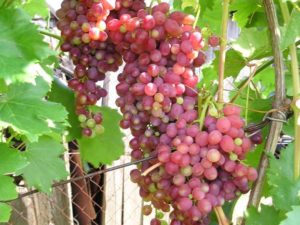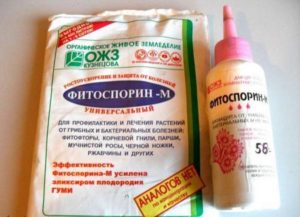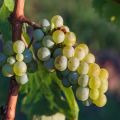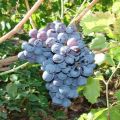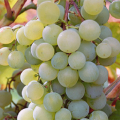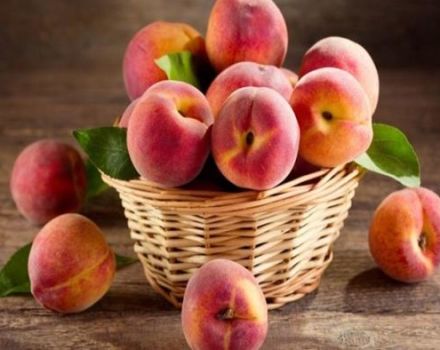Description and features of Pinot Noir grapes, history and rules of agricultural technology
The Pinot Noir grape variety is known all over the world. Its predecessors have been mentioned since the 4th century in various documents. Wines from this variety are called Burgundy. They are mentioned in well-known literary works, for example, in the novel "The Three Musketeers" by Alexander Dumas. Today these wines are still highly regarded for their variety of flavors.
Origin story
The birthplace of the Pinot Noir variety is the province of Burgundy in France. DNA examinations were carried out, as a result of which it turned out that the parents of this grape are the Traminer variety and the Pinot Meunier clone.
Over time, Pinot Noir gained such popularity that it began to be grown in other countries of various continents. Because of this, new names began to appear. Despite the similarity, all samples grown in other countries differed greatly from the original in smell. This is due to differences in soil and the sum of temperatures.
Pinot Noir is French for black cone, which is related to the color and shape of the berries.
Description and characteristics of the variety
Pinot Noir is varied. All of its clones have common features, but the best alcoholic product is considered to be the one made from the classic version.
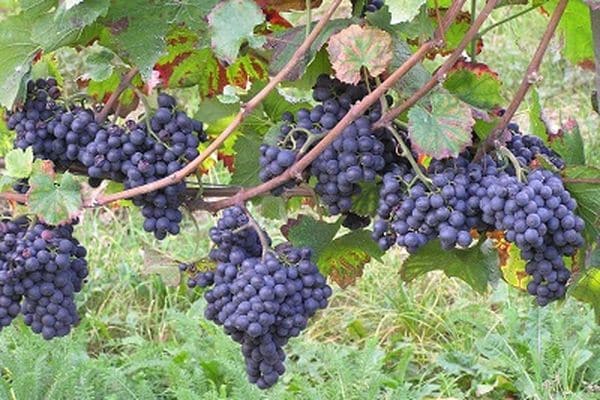
External signs
Pinot Noir is distinguished by its leaves and bunches. The leaves look like this:
- The average size.
- Round shape.
- Wrinkles and small bubbles on the leaf plate.
- The presence of 3 or 5 blades, of which the central one is the largest.
- Deep or shallow side cutouts.
- The upper notches are shallow, open or deep.
- There are no lower cuts, they can be open.
- The terminal teeth are in the form of triangles with a rounded corner at the apex, their sides are convex.
- The teeth are sharp, convex along the edges.
- Weak omission.
- The plate is cobweb-bristly.
- In autumn, the green color is replaced by yellow with bright red spots.
The bunches reach a length of 7-12 centimeters and a width of 5-8 centimeters; they are cylindrical and cylindrical-conical in shape with blades. The comb is lignified, very dense, reaches 4 centimeters in length. One bunch, on average, weighs 66-120 grams.
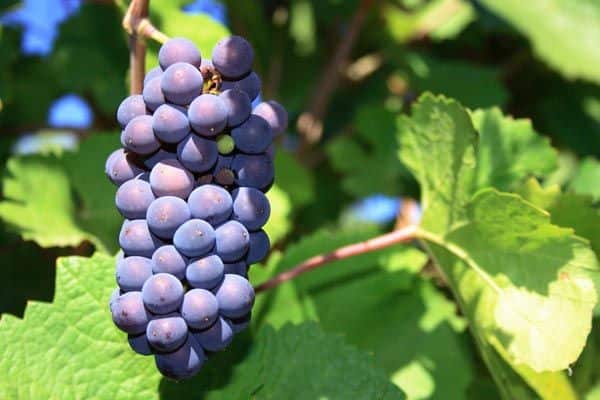
Growers give the following description of the fruit:
- 14-16 millimeters in diameter.
- Average weight - 13 grams.
- The shape of a circle, sometimes close to an oval, but often deformed.
- Dark blue, close to black.
- The skin is thin but firm.
- The pulp is juicy.
- The juice is colorless.
- Inside 2-3 seeds.
- The fruits are covered with a bluish bloom.
Varietal features
The following varietal features are distinguished:
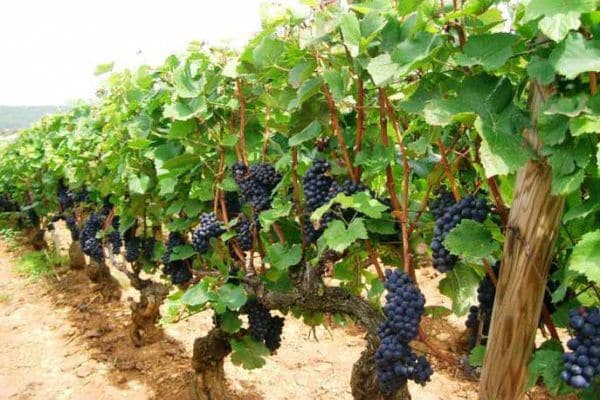
- Upright shoots.
- Saplings are low-growing, bushes are medium-sized.
- The growing season is 140-150 days, subject to temperature conditions (the sum of temperatures is 2800 ° C).
- Ripening of fruits occurs from the end of September.
- Bisexual flowers.
- Low yield - 50-60 centners per hectare. The maximum yield is 103 centners per hectare.
- The share of fruiting shoots is 60-90%.
- High frost resistance - up to -30 ° С.
- Low resistance to spring frosts - up to -2 * -3 ° С.
- Low efficiency of replacement kidneys.
- Replacement buds damaged by frost are restored by the next season.
- The berries contain 19-25% sugar, acidity is 7-9 grams per liter.
- The load rate is 1-2 bunches per branch.
In this grape variety, depending on certain factors, mutations are possible, leading to the appearance of clones and differences in shape, as well as peas.
Features of agricultural technology
Pinot Noir should be planted on gentle slopes, avoiding plains and lowlands. Grapes require dryish calcareous soils.

It is recommended to plant the bushes at a distance of 0.8 meters from each other, keeping 1 meter between the rows. The tapestry should be 1-1.5 meters high.
The taste of grapes and future wine depends on the temperature. The best option is light coolness; in extreme heat, the berries ripen quickly, but there are no fruity notes.
The quality of the fruit is determined by the load. To the detriment of the harvest, it is necessary to leave no more than 4 bunches on a branch, otherwise the taste characteristics will greatly deteriorate.
Pruning for 7 eyes and infrequent watering are recommended.
Diseases and pests
Pinot Noir is resistant to powdery mildew, mildew and gray rot, poorly resistant to phylloxera, but grafting on grapes with resistance will increase this indicator. When affected by this disease, the plant dies after 5-6 years.
Prevention is widespread - by cutting off the greenery, which increases the ventilation of the bush.
It is weakly susceptible to pests.
The Pinot Noir grape is used to make high quality wines and champagnes. It is rarely mixed with other varieties, as it itself is revealed in different ways, making it possible to experience different flavor notes.
